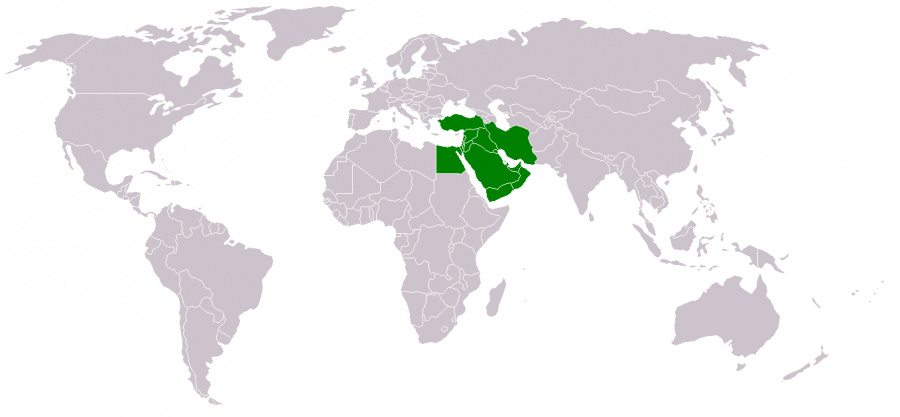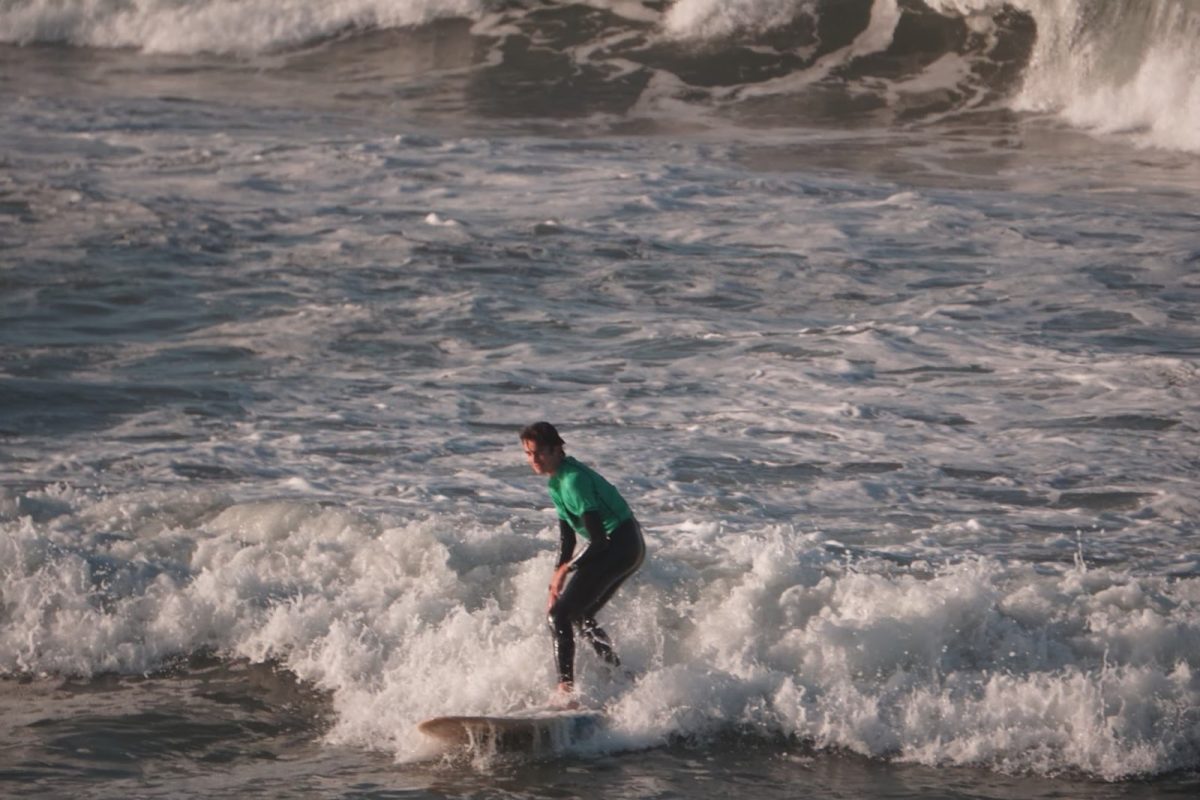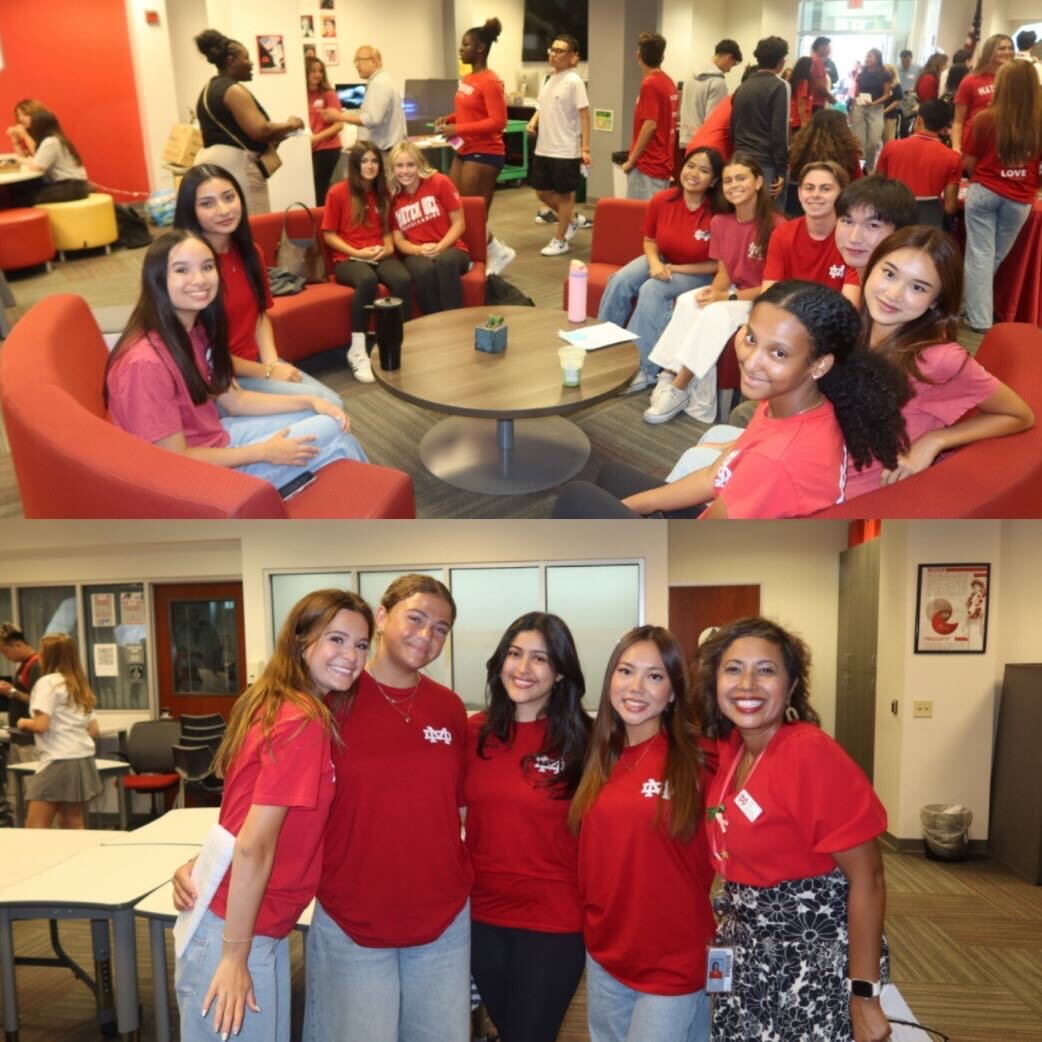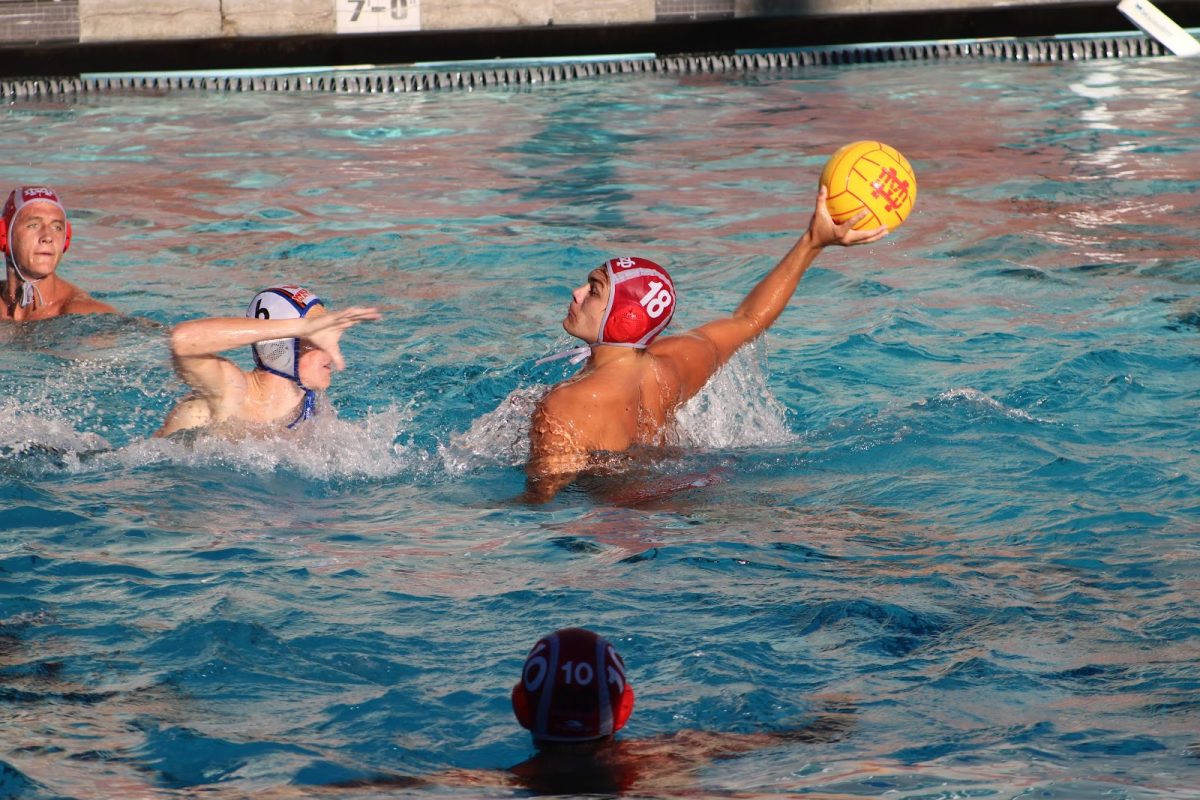The Crisis in the Middle East
February 10, 2017
Since 2011, Syria has been engaged in a civil war. The war began in March of 2011, when President Assad fired shots at peaceful protesters. In July, protesters fought back, and became known as the Free Syrian Army. Thus, extremists began to support the rebels, and fought against Assad. President Assad even released jihadist prisoners with the intention that foreign leaders will not support them because of their backing. The Kurds, who occupy parts of Turkey, Iran and Iraq, separate from Assad’s rule. In the meantime, Iran sends support to President Assad. The Gulf States, who sent support to the rebels, respond with more support to the rebels. Due to this, the Middle East is divided.
In 2013, the Obama Administration authorized the CIA to train and equip Syrian rebels, showing their participation in the war. At the same time, the US urges the Gulf States to stop funding extremists, however, this is ignored. Assad began to use chemical weapons against the rebels, leaving thousands of civilians dead. Russia then launches support of Assad, which draws tensions to Russia and the US, causing the US to retreat.
In 2014, the terrorist group ISIS, separated from Al-Qaeda and became adversaries. The group began to fight the rebels and the Kurds. The Obama Administration reacted by sending air strikes, showing that they oppose ISIS more than Assad. The Pentagon launched a program to train Syrian rebels who solely fight ISIS, not Assad.
In 2015, Russia began to bomb ISIS, but targeted anti-Assad groups.
Though the war has lasted five years, the main focus is the city of Aleppo. Aleppo, one of the biggest Syrian cities, is located near Syria’s northern border with Turkey. Aleppo became a target because of it’s population of anti-Assad protesters. With the use of suicide car bombs, extensive looting and severe battle, the city was destroyed, leaving thousands of innocent people dead.
The civil war gained social media recognition with an image of a Syrian boy covered in dust and blood, sitting in the back of an ambulance, which was posted in August 2016. The boy, Omran Daqneesh, became the innocent face of a bloody war.
Social media played an important role in the war. Through Instagram, Periscope and Twitter, everyone was able to see the horrific images of war. Many civilians have used these sites to say goodbye and urge leaders to help stop the war.
Though on Feb. 1, 2016, the United Nations agreed to assist the civilians, little has been done to effectively assist. On Dec. 14, 2016, Samantha Powers, the United States ambassador to the United Nations, spoke of the human rights crisis unfolding in Aleppo.
“Are you truly incapable of shame?” said Powers to Russia and Syrian counterparts.
With bombed schools, buildings, churches and hospitals, civilians in Aleppo were finally evacuated. This evacuation means that Assad would have full control of Aleppo, a turning point in war.
On Dec. 19, 2016, Andrei Karlov, the Russian ambassador to Ankara was shot dead by an unnamed gunman who shouted, “Don’t forget Aleppo, don’t forget Syria”









